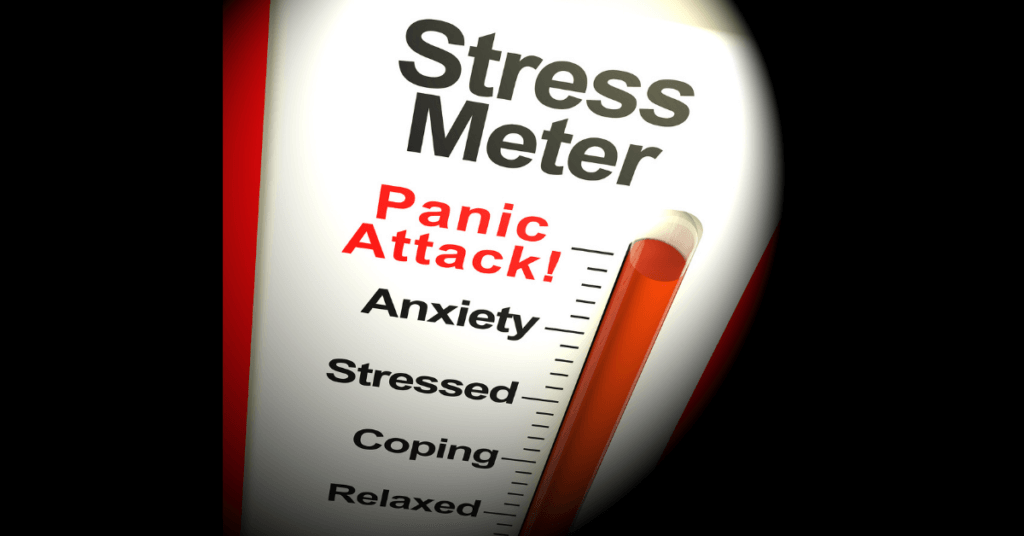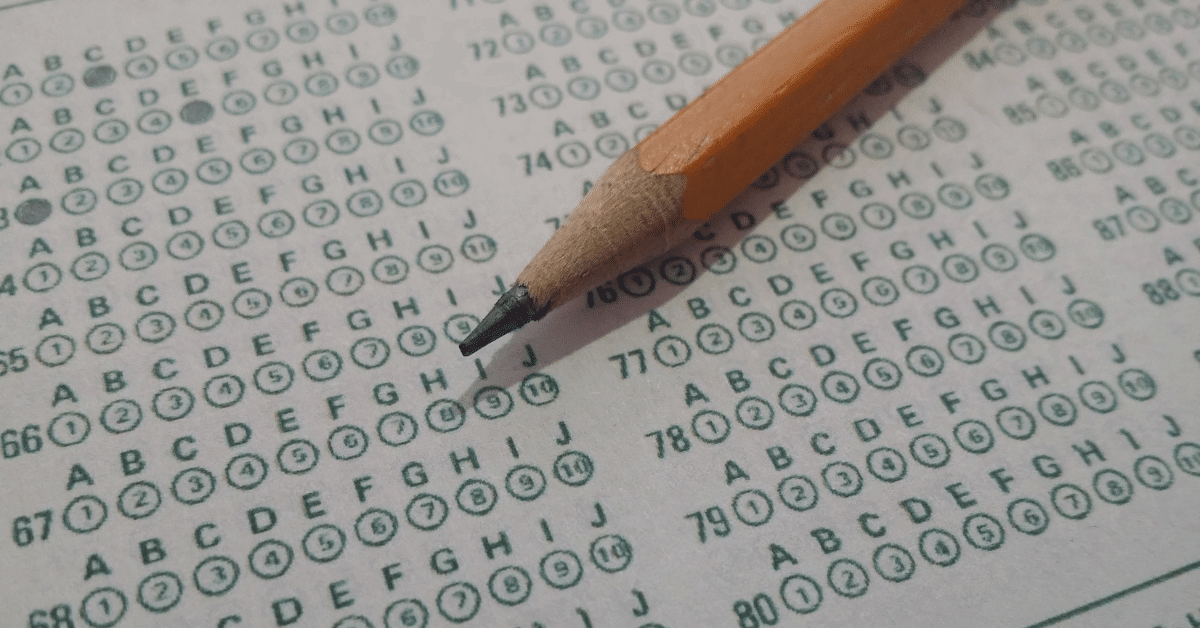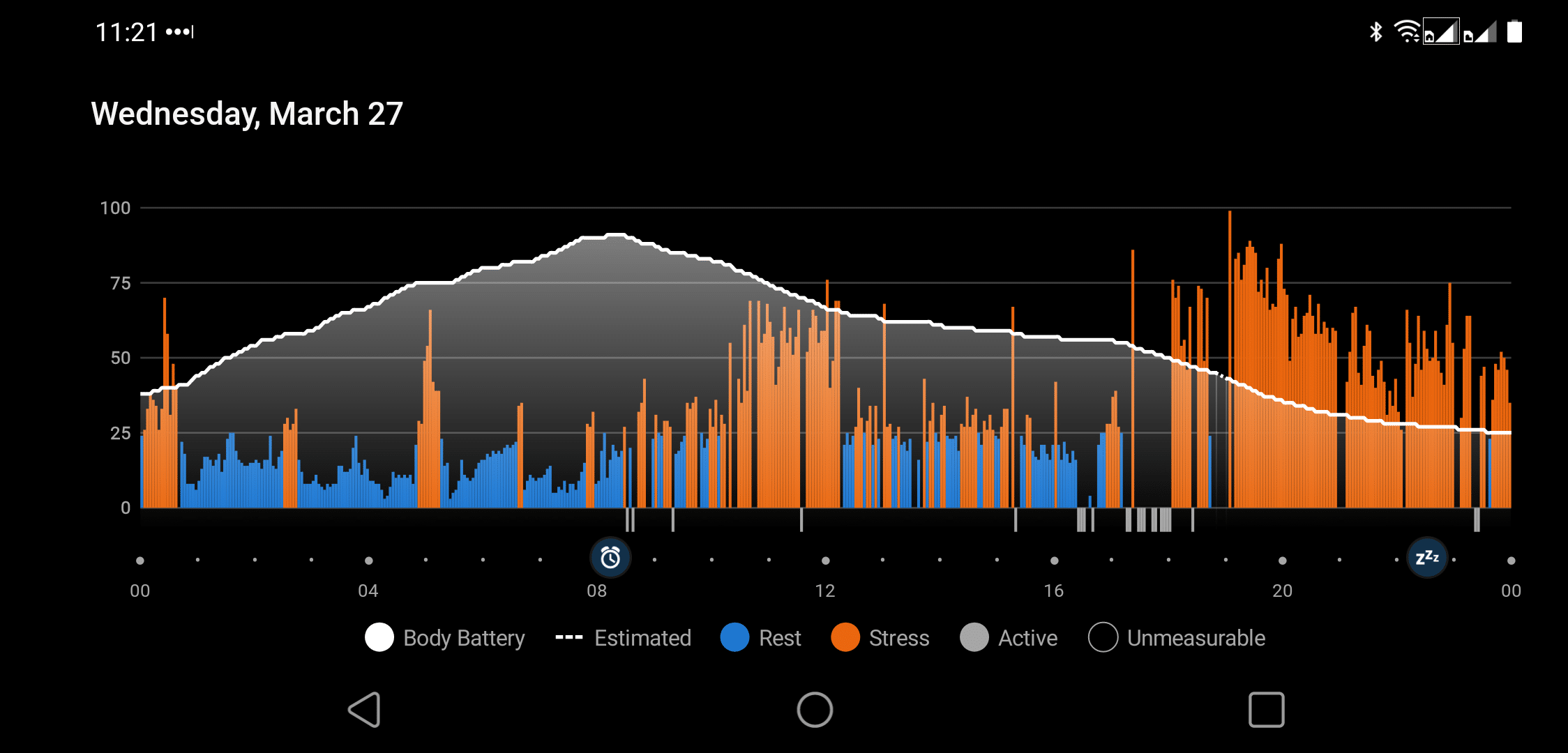Knowing your current stress levels is the first step in managing stress effectively. One way to gauge your stress is by taking a short quiz. Stress quizzes help you understand your mental health better and point you toward helpful stress management techniques.
Imagine pinpointing how much life throws at you and having a roadmap to manage it better. Intrigued? Read on!
What tools measure and evaluate stress levels?
Stress assessments commonly include questionnaires, psychological tests, and physiological measurements. These tools evaluate stress-related symptoms, reactions, and resilience, providing insights into personal or others’ stress levels and helping in self-assessment and professional settings.
This blog is part of a series on “measuring stress.” The next blog is about personality tests.
Popular Stress Assessment Tools
- Perceived Stress Scale (PSS): Evaluates subjective stress levels through a questionnaire.
- Holmes and Rahe Stress Scale: Measures impact of stress through life event scoring.
- Beck Anxiety Inventory: Differentiates between anxiety and stress symptoms.
- Coping Inventory for Stressful Situations (CISS): Assesses coping strategies used in response to stress.
- Stress Overload Scale (SOS): Measures the level of stress experienced by an individual.
The Relevancy of a Stress Quiz to Your Well-being
Stress quizzes are important tools because stress affects people in different ways. What is stressful to one person may not faze someone else. A stress quiz objectively measures your stress levels based on your answers to standardized questions.
Quizzes help you identify symptoms you may not have noticed on your own. You get a score that sums up your current stress. They also allow you to track changes over time. Perhaps your score goes down after starting a meditation practice. Or it might go up during a difficult life transition, like a job change or relationship issue.
Understanding your stress levels allows you to address problems early before they spiral out of control. It can also help motivate you to make positive lifestyle changes to reduce stress.
How to Take a Stress Quiz: A Step-by-Step Guide
A stress quiz is easy and only takes 5-10 minutes. Here is a step-by-step guide:
- Find a scientifically validated quiz online. Look for quizzes like the Perceived Stress Scale or the Stress Overload Scale. Avoid unvalidated quizzes.
- Please read through the instructions carefully. Note the number of questions and the rating scale. Quizzes often use a 0-3 or 0-5 rating.
- Answer each question honestly. Go with your first gut reaction, and don’t overthink—answer based on how you’ve felt over the past week or month.
- Once completed, note your score. Scores range from low to high stress levels. See what each level indicates.
- Review the recommendations. Follow tips tailored to your quiz score. If you are experiencing high stress, you may want to talk to your doctor.
- Consider retaking the quiz periodically. Track if your scores rise or fall over time.

Below are briefly described the most common and validated stress quizzes. Follow the links for a detailed explanation of each and, in some cases, also for information on how to take the test.
- The Perceived Stress Scale
- The Coping Inventory For Stressful Situations
- The Beck Anxiety Inventory
- The Holmes And Rahe Stress Scale
- The Stress Overload Scale
The Perceived Stress Scale (PSS)
The Perceived Stress Scale, developed by Sheldon Cohen and colleagues in the early 1980s, is one of the most widely used psychological instruments for measuring an individual’s perception of stress. It doesn’t focus on the events causing stress but rather on how unpredictable, uncontrollable, and overloaded individuals find their lives.
Typically containing 10 or 14 items, participants are asked to reflect on their feelings and thoughts over the last month, providing a comprehensive picture of their perceived stress levels.
The Coping Inventory For Stressful Situations (CISS)
Developed by Norman Endler and James Parker in 1990, the Coping Inventory for Stressful Situations evaluates how individuals respond to and cope with stress. It identifies three primary coping styles: Task-Oriented Coping (focusing on problem-solving), Emotion-Oriented Coping (centering on emotional responses), and Avoidance-Oriented Coping (diverting oneself from the stressful situation either through distraction or social diversion).
By classifying an individual’s primary coping mechanisms, the CISS aids in understanding how a person might respond in high-stress scenarios.
The Beck Anxiety Inventory (BAI)
Aaron T. Beck designed the Beck Anxiety Inventory, a 21-question multiple-choice self-report inventory introduced in 1990. It’s primarily used to measure the severity of an individual’s anxiety. The questions touch on various symptoms of anxiety, both physiological and cognitive.
Respondents are asked how much they have been bothered by each symptom over the past week. Based on their responses, individuals can be categorized into minimal, mild, moderate, or severe anxiety levels.

The Holmes And Rahe Stress Scale
Developed in the late 1960s by psychiatrists Thomas Holmes and Richard Rahe, the Holmes and Rahe Stress Scale is a tool to identify major stressful life events. It consists of 43 events, each with a specific score.
Users are supposed to indicate which events they have experienced over the past year, and the scores are tallied to give a cumulative stress score. This score can then predict the likelihood of the respondent experiencing a major health breakdown in the subsequent years.
The Stress Overload Scale (SOS)
The Stress Overload Scale (SOS), created by James H. Amirkhan, seeks to determine the amount and kind of stress an individual is experiencing. The SOS measures stress in two domains: Personal Role Overload (feeling overwhelmed by one’s responsibilities) and Personal Vulnerability (indicative of one’s perceived weaknesses, health worries, and sense of inefficacy).
Respondents gauge how applicable each is to their current situation through a series of statements, providing insights into their immediate stress levels and potential long-term risk factors.
What Your Stress Quiz Results Mean: Making Sense of Outcomes
The meaning behind your stress quiz score depends on the validated scale. Here are a few examples:
- Perceived Stress Scale: Scores range from 0 to 40. 0-13 is low stress, 14-26 is moderate, and 27-40 is high perceived stress.
- Holmes And Rahe Stress Scale: 150 points or less means a relatively low life change and low susceptibility to stress-induced health problems. 150 to 300 points implies a 50% chance of a major stress-induced health problem in the next two years. According to the Holmes-Rahe prediction model, 300 points or more raises the odds to about 80%.
Generally, the higher your score, the more likely you are to experience negative physical and mental health effects from high stress levels. Use your results to guide discussions with healthcare providers and implement stress management techniques.
The order in which to take the tests
- Start with The Perceived Stress Scale (PSS): This will give you an initial sense of how stressed you feel right now without diving deep into specific reasons. Think of it as a general overview of your stress landscape.
- Move on to The Holmes and Rahe Stress Scale. Here, you’ll explore specific life events that might make you feel stressed. The scale is based on the idea that certain life changes, whether big or small, can inherently increase stress levels.
- Next, tackle The Stress Overload Scale: This one breaks stress down into two parts – ongoing worries you might have and specific stressful events in your life. Identifying potential stressors with the Holmes and Rahe scale will help you understand if it’s more of a daily grind or specific events weighing you.
- Dive into The Coping Inventory for Stressful Situations (CISS): Now that you have a clearer picture of what’s stressing you out, let’s understand how you deal with it. Are you a doer who tackles issues head-on? Or do you perhaps lean more into your emotions or even tend to avoid issues? This inventory will give insights into your stress-coping strategies.
- Lastly, fill out The Beck Anxiety Inventory: Anxiety and stress often go hand in hand, but they’re not the same. This step will help you distinguish how much of what you’re feeling is general stress and how much might be anxiety.
Tips and Techniques for Stress Management Post-Quiz
Once you have your stress quiz results, here are some positive steps you can take:
- Talk to a counselor if your stress levels are very high or you’re experiencing anxiety/depression symptoms. Getting professional support is important.
- Adopt relaxation practices like deep breathing, meditation, yoga, or Tai Chi. Carve out time to calm your body and mind.
- Exercise regularly to reduce stress hormones and boost feel-good endorphins. Go for a daily walk.
- Re-evaluate commitments and take things off your plate if you are overloaded. Prioritize self-care.
- Improve sleep habits like following a schedule, limiting screens before bed, and creating a restful environment. Good sleep reduces stress.
- Build your support network by sharing stress with loved ones and making time for fun and laughter. Don’t isolate yourself.
- Make lifestyle changes to improve your diet, reduce alcohol intake, quit smoking, and add fulfilling hobbies.
- Determine your personality type to see which coping skills suit you best.
Personal Thoughts
Throughout my experience with chronic stress, I’ve found that understanding and measuring my stress levels through assessments was pivotal. These tools helped me gauge the effectiveness of various management strategies, providing clear, objective feedback on what worked for me.
Embracing scientific methods allowed me to filter out the noise of countless unverified remedies and focus on substantiated, effective solutions. This approach has not only improved my health but also equipped me to offer real help to others struggling with similar issues.
Frequently Asked Questions
How do I figure out my stress?
A stress quiz or test is a common way to determine your stress levels. These are designed to gauge your perceived stress by asking a range of questions about your recent thoughts and feelings. Usually, it involves rating your responses to various scenarios or situations.
What is a stress quiz?
A stress quiz is an online tool for measuring stress levels. It consists of several questions designed to evaluate your feelings and thoughts, typically the past month. The outcomes of these quizzes indicate your perceived stress levels but don’t substitute for a professional diagnosis or consultation.
What are the five levels of stress?
Stress levels can be broadly categorized into five levels: normal stress, acute stress, episodic acute stress, chronic stress, and traumatic stress. Normal stress is a part of daily life and is usually manageable. Acute stress is a reaction to a short-term challenge. Episodic acute stress occurs when acute stress happens frequently. Chronic stress is long-term and constant.
How do I know if I have high stress?
Experiencing symptoms like headaches, sleep disturbances, difficulties in concentration, upset stomach, low energy, and constant worrying might be indicators of high stress levels. If you believe your stress levels are high, you might want to consider taking a stress test or quiz. If your stress is interfering with your daily activities, it’s advisable to seek professional help.
What is the Perceived Stress Scale (PSS)?
The Perceived Stress Scale (PSS) is a commonly used psychological instrument for measuring stress perception. It assesses the degree to which situations in one’s life are appraised as stressful. This scale includes direct queries about current levels of experienced stress comprised of a series of questions, with the outcomes providing an overall score indicative of one’s perceived stress level.




